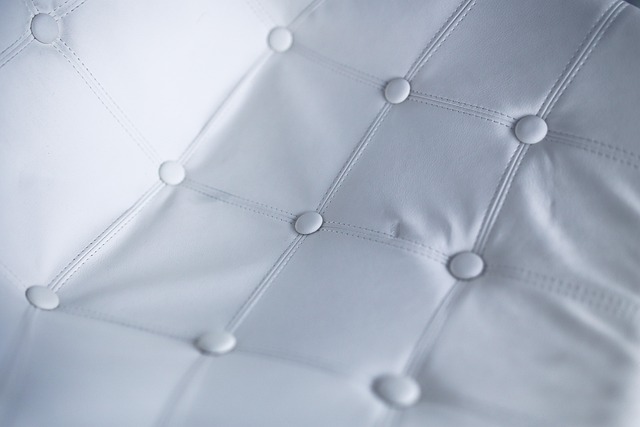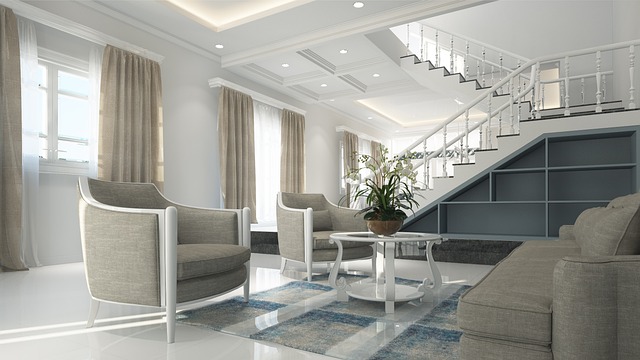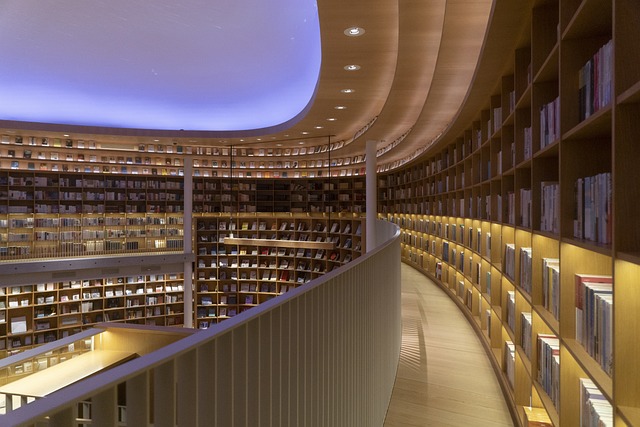Exploring Innovative Spatial Composition Techniques in Applied Arts
In the world of applied arts, the term spatial composition goes beyond mere arrangement; it is about creating an emotional and experiential landscape that resonates with audiences. Whether through textiles, ceramics, or interior design, spatial composition involves the deliberate organization of space, materials, and forms to evoke feelings, tell stories, and create environments that influence human experience.
The Power of Space and Form
Spatial composition is an artistic technique that hinges on the interaction between elements within a given space. Artists and designers manipulate scale, proportion, and perspective to craft compositions that not only please the eye but also stir the soul. For example, in textile design, the arrangement of patterns and colors can transform a simple fabric into a statement piece that invites touch, engagement, and reflection.
Breaking Traditional Boundaries
Innovative artists are now pushing the boundaries of traditional spatial composition by experimenting with unexpected materials and modern technology. In an era where digital art converges with traditional crafts, new platforms allow creatives to explore dimensions in ways that were once unimaginable. For instance, augmented reality can bring textile designs to life, creating immersive experiences that transcend the physical limitations of a space.
Nature-Inspired Compositions
Another fascinating approach is the integration of organic forms found in nature. Inspired by the contours of landscapes or the intricacies of natural textures, artists are reinterpreting spatial composition by weaving these elements into their work. This method nurtures a connection between art and the environment, encouraging viewers to engage with compositions that celebrate ecological awareness and sustainability.
Interactive Spatial Design
A significant trend in spatial composition within applied arts is the shift towards interactivity. Artists are designing installations that invite viewer participation—changing shapes, colors, and forms based on human movement or interaction. This dynamic approach not only enhances the aesthetic quality but also leads to unique experiences for each individual, transforming passive observation into active engagement.
The Role of Light and Shadow
Light plays an essential role in how we perceive spatial composition. Artists are increasingly using light and shadow as integral components of their work, manipulating these elements to create depth and dimension. This interplay adds another layer of meaning, as changing light conditions can alter a composition’s mood and significance throughout the day.
Community and Cultural Reflections
Spatial composition can also serve as a powerful medium for cultural reflection and community storytelling. Artists are drawing on local histories and experiences to create installations that resonate with specific communities. These artworks invite dialogue, celebrate diversity, and foster a sense of belonging, illustrating the potential of applied arts to impact societal perceptions and contribute to cultural heritage.
As we move forward in the ever-evolving landscape of applied arts, the exploration of innovative spatial composition techniques will continue to inspire and engage creators and audiences alike. The spaces we inhabit, both physically and emotionally, are shaped by these artistic expressions, reminding us of the inherent beauty and complexity of our shared environments.




